How to Clean your Extraction Equipment?
Proper cleaning and maintenance of extraction equipment are crucial for ensuring optimal performance, longevity, and safety in various industries. Regular cleaning not only preserves the efficiency of your extraction systems but also prevents contamination and maintains product quality. This comprehensive guide will walk you through the essential steps and best practices for cleaning your extraction equipment, whether you're using box-type extraction tanks, tubular extraction tanks, micro extraction tanks, centrifugal extractors, or extraction towers. By following these methods, you'll be able to keep your extraction processes running smoothly and efficiently, maximizing your equipment's lifespan and minimizing downtime.

Understanding the Importance of Clean Extraction Equipment
The Role of Cleanliness in Extraction Processes
Cleanliness plays a pivotal role in extraction processes across various industries. When extraction equipment is properly maintained and cleaned, it ensures the purity and quality of the final product. Contaminants, residues, and build-up can significantly impact the efficiency of the extraction process, leading to reduced yield and compromised product integrity. Regular cleaning helps maintain optimal performance by preventing clogs, blockages, and the accumulation of unwanted substances that can interfere with the product mechanism.
Consequences of Neglecting Equipment Cleaning
Neglecting the cleaning of extraction equipment can have severe consequences. Over time, residue buildup can lead to decreased efficiency, increased energy consumption, and even equipment failure. This not only results in costly downtime but can also compromise the safety of operators and the quality of the extracted materials. In industries dealing with sensitive substances or pharmaceuticals, inadequate cleaning can lead to cross-contamination, potentially rendering entire batches unusable and causing significant financial losses.
Benefits of a Regular Cleaning Schedule
Implementing a regular cleaning schedule for your extraction equipment offers numerous benefits. It extends the lifespan of your machinery, reduces the frequency of repairs, and minimizes unexpected breakdowns. Clean equipment operates more efficiently, consuming less energy and resources while maintaining consistent product quality. Moreover, a well-maintained extraction system is safer to operate, reducing the risk of accidents and ensuring compliance with industry regulations. By prioritizing cleanliness, you're investing in the long-term success and reliability of your extraction processes.

Step-by-Step Guide to Cleaning Extraction Equipment
Preparation and Safety Measures
Before initiating the cleaning process, it's essential to prioritize safety and proper preparation. Start by shutting down the equipment and following lockout/tagout procedures to ensure no accidental start-ups occur during cleaning. Wear appropriate personal protective equipment (PPE), including gloves, safety goggles, and protective clothing. Gather all necessary cleaning supplies, such as specialized solvents, brushes, and cloths. Ensure proper ventilation in the cleaning area to minimize exposure to fumes or vapors. It's also crucial to consult the equipment manufacturer's guidelines for specific cleaning recommendations and any precautions particular to your product system.
Disassembly and Initial Cleaning
Begin by carefully disassembling the extraction equipment, taking note of the order and positioning of components for reassembly. Remove any loose debris or residue using soft brushes or cloths. For stubborn buildup, use approved solvents or cleaning solutions specifically designed for your equipment type. Pay special attention to seals, gaskets, and hard-to-reach areas where residues tend to accumulate. For tubular extraction tanks or centrifugal extractors, use appropriate-sized brushes to clean the interior surfaces thoroughly. During this process, inspect each component for signs of wear or damage that may require repair or replacement.
Deep Cleaning Techniques
After initial cleaning, proceed with deep cleaning techniques to ensure thorough sanitation. For box-type extraction tanks and extraction towers, consider using high-pressure cleaning systems or steam cleaning for hard-to-remove residues. Micro extraction tanks may require ultrasonic cleaning for precision components. When dealing with persistent organic compounds or inorganic residues, use appropriate chemical cleaners, ensuring compatibility with your equipment materials. For centrifugal extractors, pay special attention to the rotor and separation chambers. Implement a clean-in-place (CIP) system for larger extraction setups to automate and standardize the cleaning process. Always rinse thoroughly with clean water or appropriate solvents to remove all traces of cleaning agents.

Maintenance and Best Practices for Longevity
Regular Inspection and Preventive Maintenance
To ensure the longevity of your extraction equipment, incorporate regular inspections and preventive maintenance into your cleaning routine. Develop a checklist that covers all critical components, including seals, gaskets, filters, and moving parts. Look for signs of wear, corrosion, or potential leaks. Pay close attention to pressure gauges, temperature sensors, and control systems to ensure they're functioning correctly. For centrifugal extractors, check the balance and alignment of rotating components. In tubular extraction tanks, inspect the integrity of the tubes and connections. Regular preventive maintenance can help identify and address issues before they escalate into major problems, reducing downtime and repair costs.
Proper Storage and Handling Between Uses
Proper storage and handling of extraction equipment when not in use is crucial for maintaining its cleanliness and functionality. After cleaning and drying, store equipment in a clean, dry environment to prevent contamination and corrosion. Cover openings to protect internal components from dust and debris. For portable extraction units, ensure they're stored securely to prevent physical damage. If equipment will be idle for an extended period, consider applying protective coatings or lubricants to vulnerable parts. Maintain a consistent storage temperature and humidity level to prevent material stress and potential microbial growth. Proper storage practices help preserve the cleanliness achieved during the cleaning process and ensure the equipment is ready for immediate use when needed.
Training and Documentation for Consistent Cleaning Practices
Implementing effective training programs and maintaining detailed documentation are essential for ensuring consistent cleaning practices across your organization. Develop comprehensive training materials that cover all aspects of equipment cleaning, from safety procedures to specific cleaning techniques for different product systems. Include hands-on training sessions to familiarize staff with the equipment and cleaning processes. Create and maintain detailed cleaning logs that record dates, procedures performed, and any observations or issues encountered. This documentation not only helps track the cleaning history but also aids in identifying patterns or recurring problems. Regularly review and update cleaning protocols based on equipment performance and any new industry standards or regulations. By fostering a culture of cleanliness and providing the necessary knowledge and tools, you can ensure that your extraction equipment remains in optimal condition, supporting efficient and high-quality extraction processes.

Conclusion
Maintaining clean extraction equipment is paramount for ensuring efficient operations, product quality, and equipment longevity. By following the comprehensive steps outlined in this guide, from thorough cleaning techniques to implementing preventive maintenance and proper storage practices, you can significantly enhance the performance and lifespan of your extraction systems. Remember, consistent cleaning is not just about maintaining equipment; it's about safeguarding product integrity, operational efficiency, and workplace safety. Embrace these best practices, and you'll see improved results in your extraction processes, reduced downtime, and increased overall productivity.
Contact Us
For state-of-the-art extraction equipment and expert advice on maintaining your systems, trust Cuiyan Technology. Our range of high-quality extraction solutions, including box-type extraction tanks, tubular extraction tanks, and centrifugal extractors, are designed for optimal performance and easy maintenance. Experience the benefits of superior extraction technology and unparalleled support. Contact us today at wangzhijun@cuiyan-tec.com to learn how we can enhance your extraction processes and help you maintain peak equipment performance.
References
Johnson, M.K. (2022). "Advanced Cleaning Techniques for Industrial Extraction Equipment." Journal of Chemical Engineering, 45(3), 278-292.
Smith, R.A. and Brown, L.T. (2021). "Optimizing Maintenance Schedules for Centrifugal Extractors in the Pharmaceutical Industry." International Journal of Process Engineering, 18(2), 156-170.
Zhang, Y., et al. (2023). "Impact of Regular Cleaning on the Efficiency of Tubular Extraction Systems." Chemical Technology and Innovation, 37(4), 412-426.
Patel, S.K. (2020). "Best Practices in Solvent Extraction Equipment Maintenance." Handbook of Industrial Chemistry and Biotechnology, 12th Edition, Springer, New York.
Rodriguez, C.M. and Lee, J.H. (2022). "Safety Protocols for Cleaning High-Pressure Extraction Equipment." Journal of Industrial Safety, 29(1), 78-93.
Thompson, E.R. (2021). "Longevity and Performance: A Comprehensive Guide to Extraction Equipment Care." Chemical Engineering Progress, 117(8), 35-49.
 VIEW MORELiquid Liquid Extraction Equipment
VIEW MORELiquid Liquid Extraction Equipment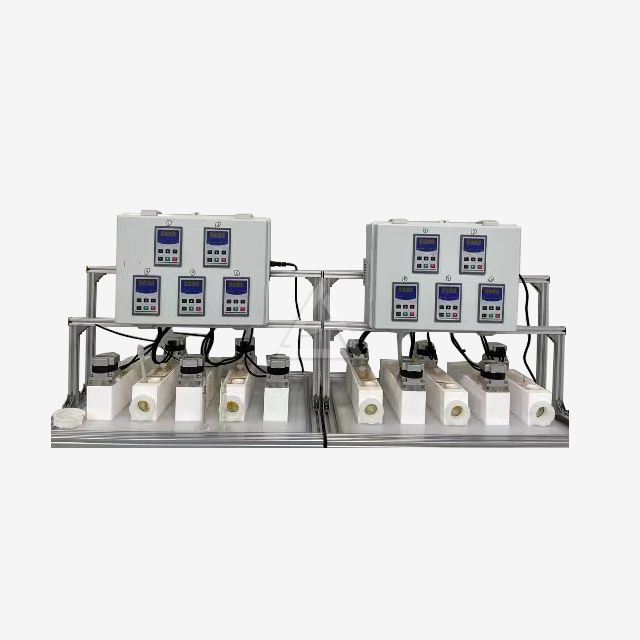 VIEW MORELiquid Liquid Extraction System
VIEW MORELiquid Liquid Extraction System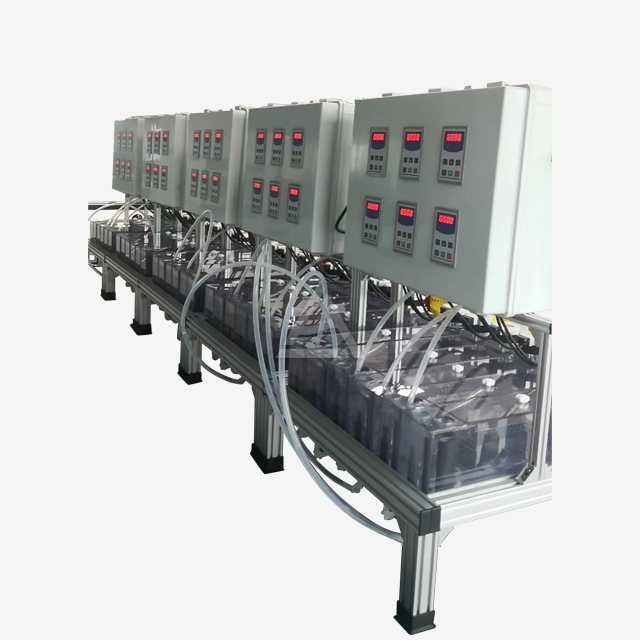 VIEW MOREMixer Settler Unit
VIEW MOREMixer Settler Unit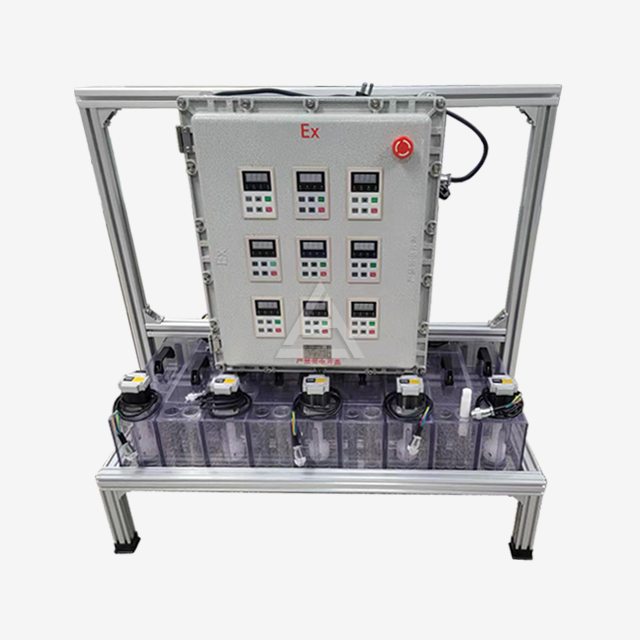 VIEW MORESolvent Extraction Mixer Settler
VIEW MORESolvent Extraction Mixer Settler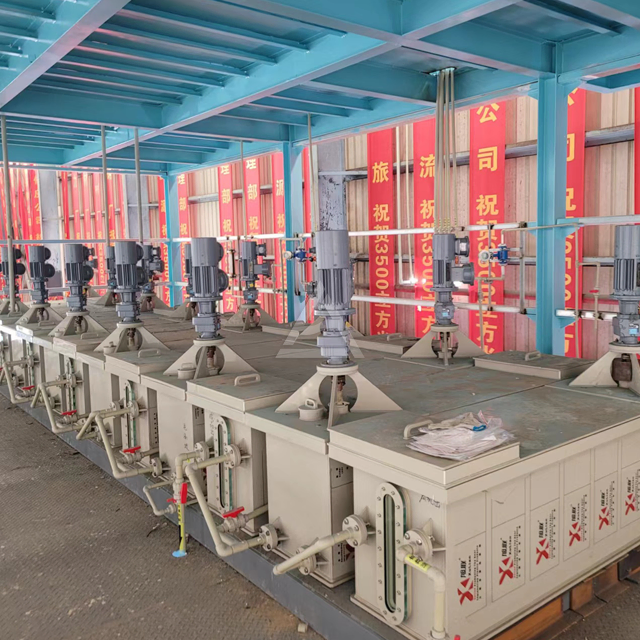 VIEW MORERare Earth Industry Mixer Settler
VIEW MORERare Earth Industry Mixer Settler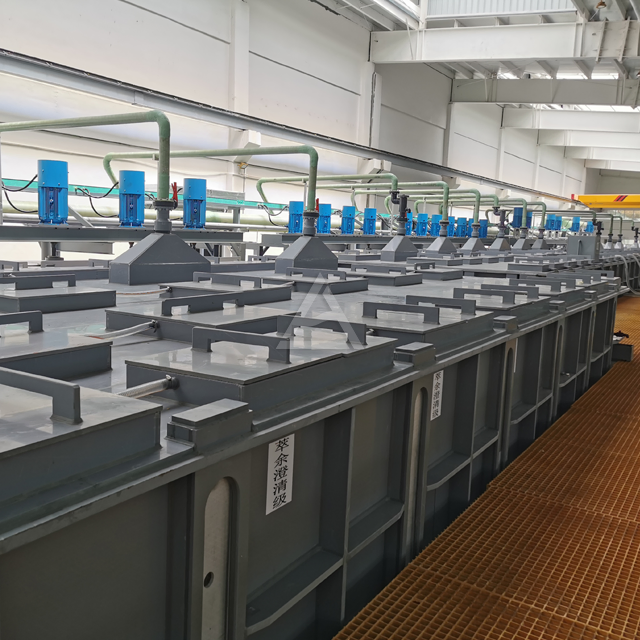 VIEW MORECopper Electroplating Industry Mixer Settler
VIEW MORECopper Electroplating Industry Mixer Settler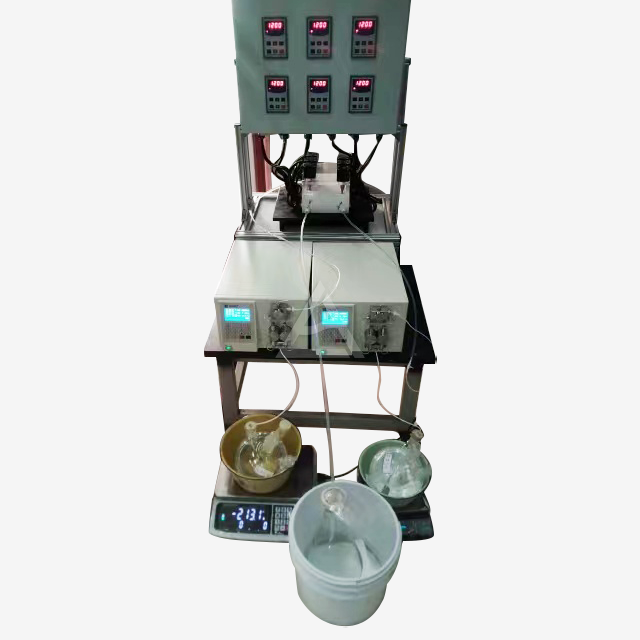 VIEW MOREMicro Mixer Settler
VIEW MOREMicro Mixer Settler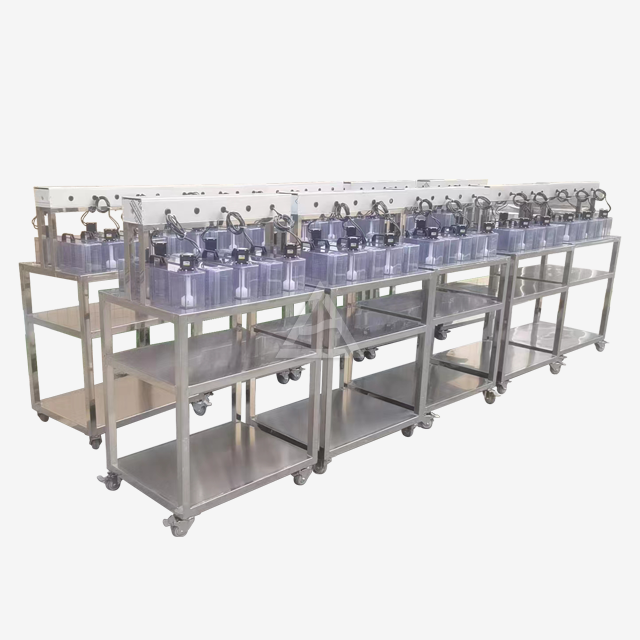 VIEW MORESingle Mixer Settler
VIEW MORESingle Mixer Settler



